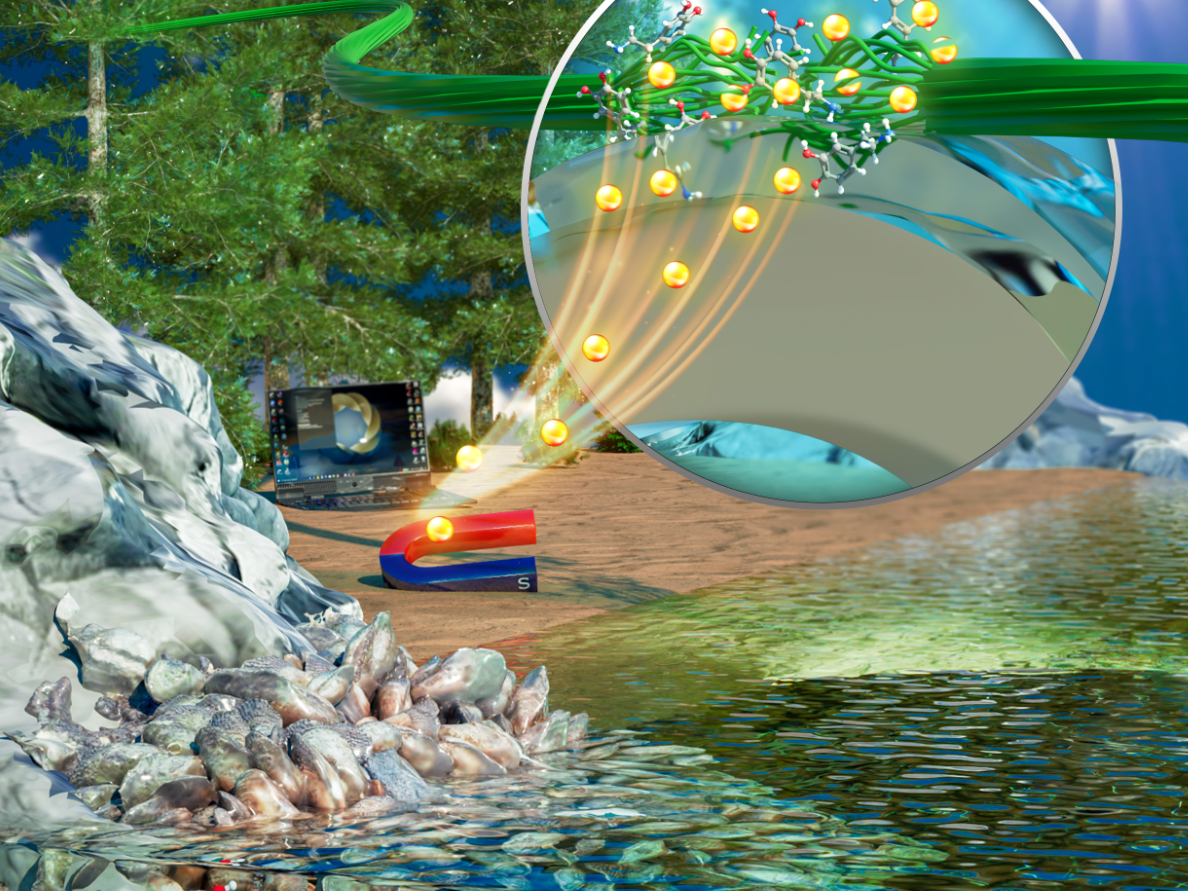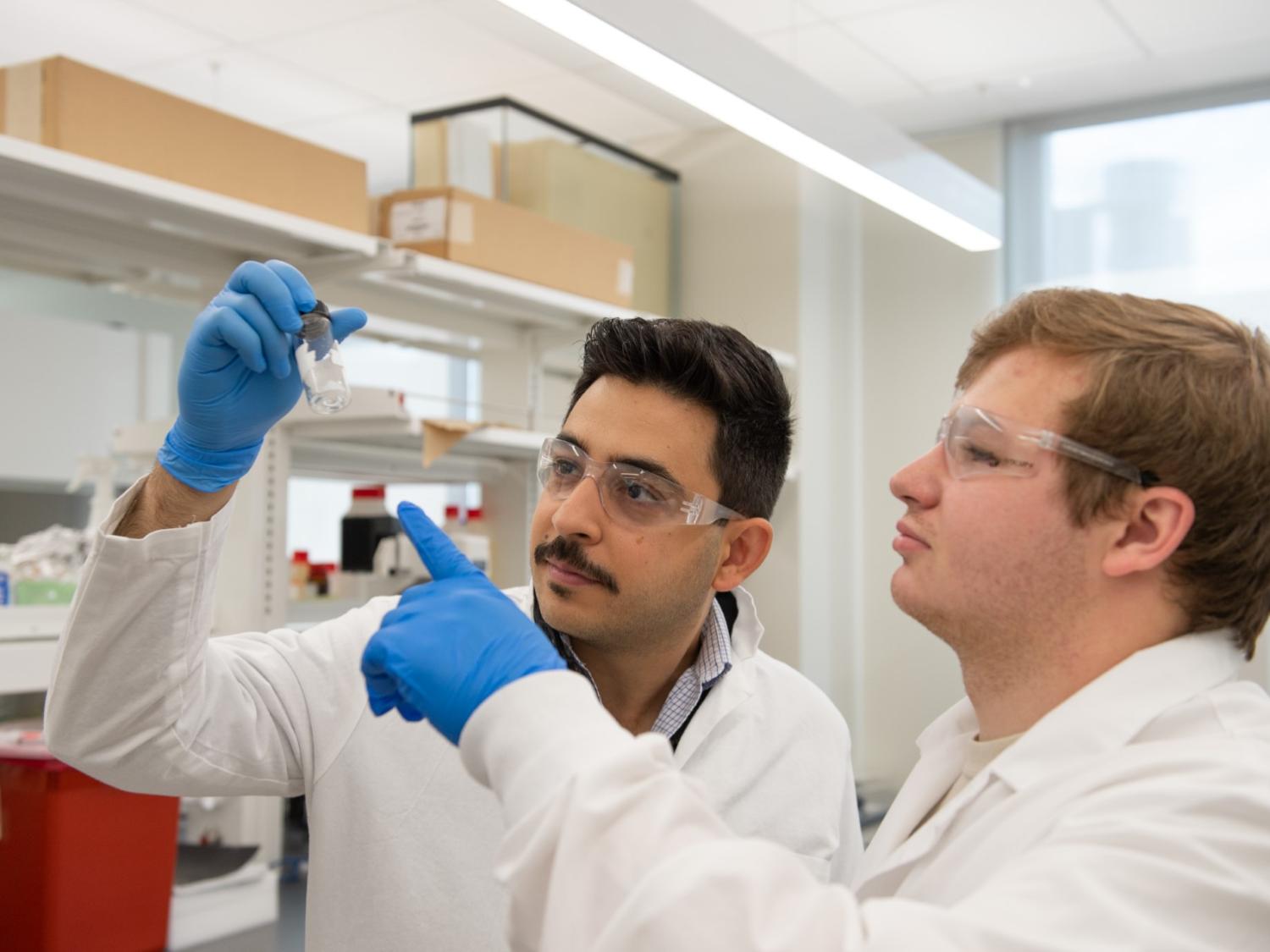Mussels inspire an eco-friendly way to extract critical rare earth elements
By Jamie Oberdick, Penn State News

UNIVERSITY PARK, Pa. — There is a conundrum around rare earth elements (REE). They play a key role in clean energy, vital to the production of lightweight, efficient batteries and essential components in wind turbines. Conversely, conventional extraction of these elements raises environmental concerns ranging from habitat destruction to water and air pollution to the high amount of energy needed to extract and process these elements.
To solve this quandary, Penn State researchers found inspiration under the sea: mussel stickiness. By mimicking this natural glue, the researchers developed a new mussel-inspired nanocellulose coating (MINC) that has demonstrated what they call a “remarkable, even surprising” ability to recover REEs from secondary sources such as industrial wastewater without using a high amount of energy.
They published the work on July 31 in ACS Applied Materials and Interfaces. It will feature on the journal’s front cover in September.
Mussels have a remarkable ability to adhere to surfaces underwater thanks to the adhesive properties of catechol-based molecules found in mussel proteins. The MINC mirrors this by consisting of ultra-tiny hairy cellulose nanocrystals with uniquely sticky properties. The MINC is applied to a substrate via a technique called dopamine-mediated ad-layer formation. A chemical reaction enables the MINC to form a thin layer of molecules on a surface, making it capable of sticking to a broad range of substrates.
“The MINC approach offers a sustainable and eco-friendly alternative to conventional extraction methods, minimizing the environmental footprint and contributing to the long-term availability of critical elements,” said lead author Amir Sheikhi, assistant professor of chemical engineering and of biomedical engineering, by courtesy.
The researchers focused on applying MINC to extract a particular REE, neodymium. The U.S. Department of Energy listed neodymium as a critical material due to supply shortages and its high impact on emerging sustainable technologies such as electric car batteries and magnets used in powering systems for electric vehicles and wind turbines. However, the “rare” part of rare earth elements is especially true with neodymium, as the lack of ready-to-extract supply of this critical element forces extraction of it from secondary sources such as industrial wastewater recycling. This can be both inefficient and energy intensive, according to Sheikhi.
“The limited global supply of neodymium and the environmental impact of current extraction methods necessitate the development of eco-friendly and sustainable approaches for REE recovery,” Sheikhi said, explaining that conventional extraction techniques use significant amounts of toxic chemicals, such as kerosene, to purify the target element. “Prior rare earth extraction methods have utilized adsorbents such as alginate gels, phosphorus sol-gel materials, nanotubes and porous carbon, but these techniques demonstrate limited efficiency.”

Read on Penn State News
